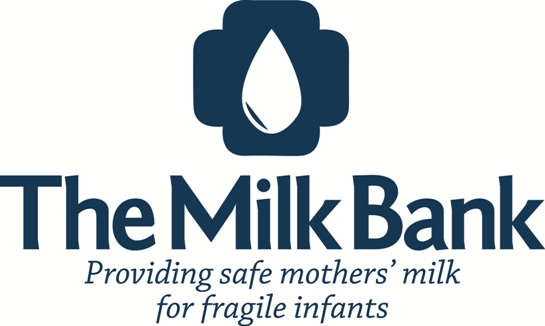I wanted to write up a blog post on a topic that is near and dear to my heart .... breastmilk donation. As many of you probably know I work in a Neonatal Intensive Care Unit (NICU) here in Indianapolis. We purchase and use a lot of donor breastmilk for our premature babies. There are lots of studies that show that using donor breastmilk in a preterm infant can be a good alternative when there isn't enough maternal breastmilk available. We specifically use this donor breastmilk for infants who are less than 34 weeks gestation and less an 1500g (3lbs 5oz).
Breastmilk is an amazing food. It contains protein, carbohydrates, fat, fat soluble vitamins and has immune boosting properties. This makes it the perfectly designed food for babies. Donor breastmilk can be a good substitute for small, infants who don't have enough of their own mother's milk to eat. There are two negatives of donor breastmilk, that I commonly see in the NICU. First, it is a pasteurized product and during that process you end up killing off some of those immune boosting properties and denaturing some proteins. Secondly, you are giving term breastmilk (the typical milk donor is has a term infant and is donating mature milk) to a preterm baby. It is not the perfect make up of fat, protein and carbohydrate for that gestational age. It has been found to be helpful in this preterm population. Mother's own milk is best, but if needed donor breastmilk comes in as a great second option.
So how does the process work? I have had parents in the NICU be grossed out by the thought of using someone else's breastmilk for their baby. There is a huge system in place to help ensure that breastmilk being donated is safe to use for your child.
Step #1 - The donor speaks with someone at the Milk Bank and they are screened to see if they could potentially donate. There is a whole list of questions - CLICK HERE for Indiana's Screening Criteria. The Milk Bank wants their donors to be in good health (you have to get signed off on by your OB and pediatrician), taking no medications, be willing to get your blood drawn and commit to donating 100 ounces of breastmilk.
Step #2 - After speaking with someone at the Milk Bank you will fill out an application that will get turned back into the Milk Bank. You will also get your blood drawn. They want to make sure that you don't have any blood borne illnesses that could be transmitted in your breastmilk.
Step #3 - Take your breastmilk to donate to your nearest Milk Depot. There is a list of Milk Depots available online.
Step #4 - Once you donate your breastmilk, it is pooled together and then pasteurized. That milk is then combined in bottles that are frozen to be distributed to the buyers. The bottles are bottled with lot numbers and the have bar code that is attached to them. This would allow for tracking of milk if there ever was a problem.
There are a few things that you have to do to be a donor, but honestly that time that it takes is minimal and you are doing so much good for lots of babies out there. The NICU at St Vincent Women's and at Riley get their donor breastmilk from the Indiana Milk Bank. They are also the two largest purchasers in the state. There are lots of other NICU units that are purchasing that donor breastmilk as well. If you are interested in becoming a donor check out the Indiana Milk Bank website and give them a call. If you want to donate money to help support this non-profit check out their About Us section to learn more.

